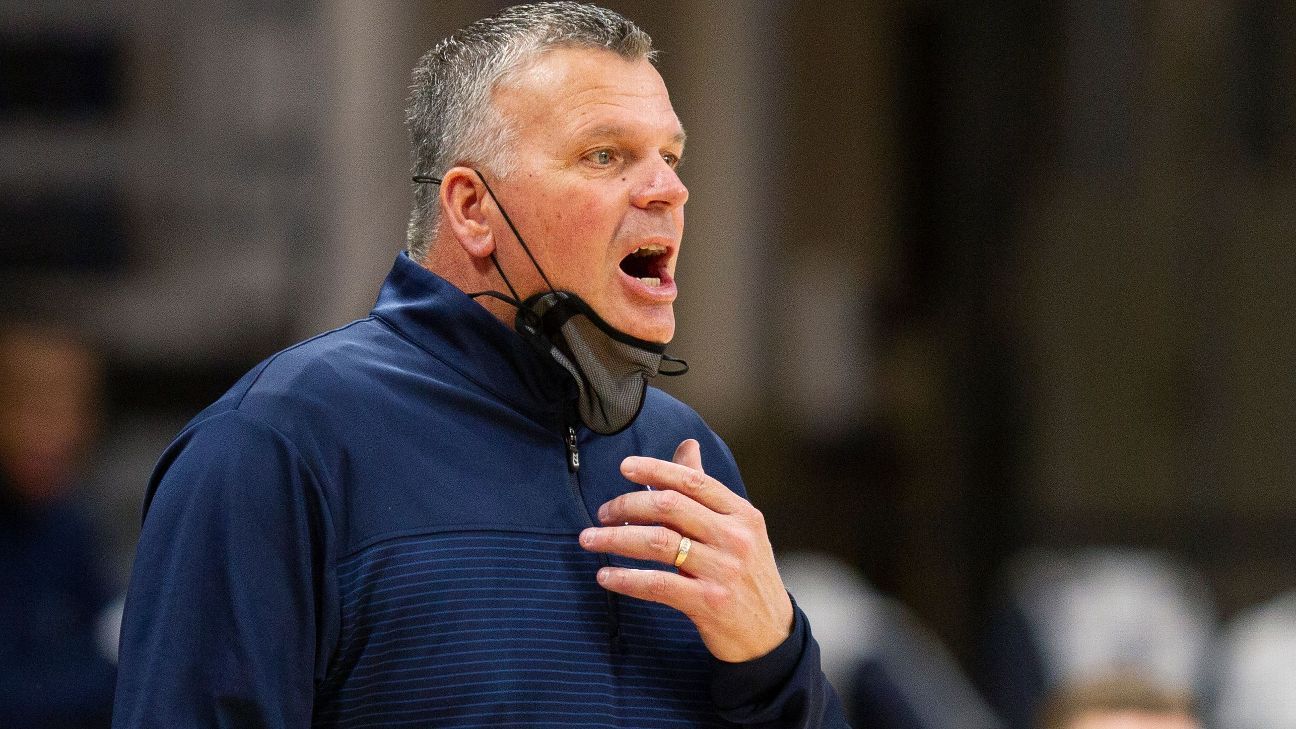“Less Stress & More Classroom Success” for Latino Kids through Mindful Movement
While the youth mental health crisis doesn’t discriminate, some populations have taken a harder hit than others. According to a four-year study out of DePaul University that explored pre- and post-pandemic mental health among elementary and middle school kids...
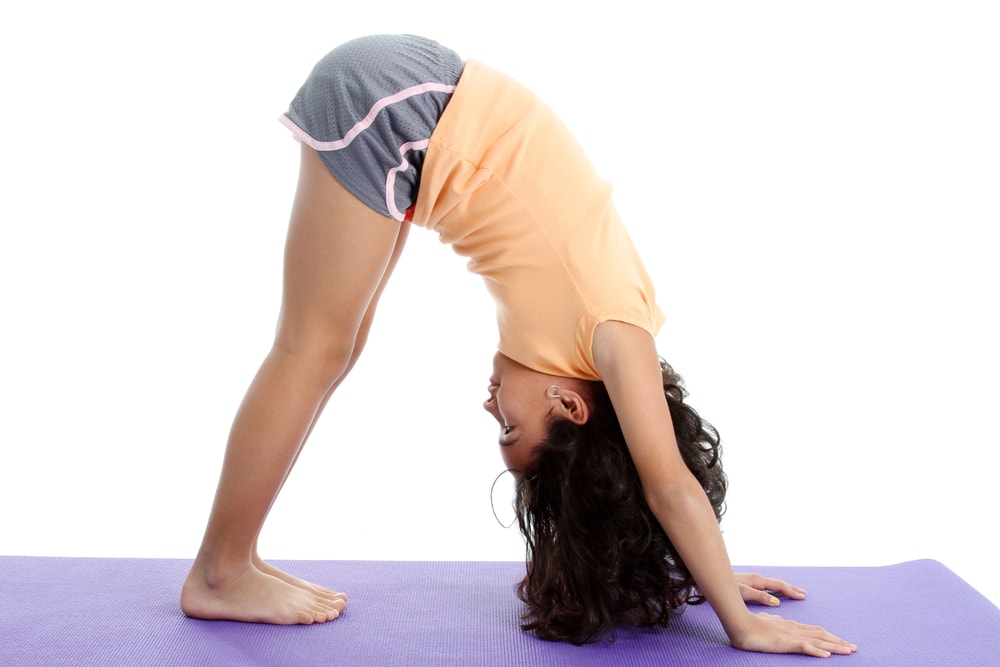
While the youth mental health crisis doesn’t discriminate, some populations have taken a harder hit than others. According to a four-year study out of DePaul University that explored pre- and post-pandemic mental health among elementary and middle school kids (age 11 – 14), “Latino students are up to twice as likely to be at risk for depression and anxiety. This was even more pronounced among Latina girls and…nonbinary students.”
That’s the bad news.
The good news is that research has also shown that “Latino children have less stress and more classroom success in programs that mix regular physical activity with mental health education.” That would include programs like Yoga Calm, with its specific and intentional blend of mindful movement and the kind of social-emotional learning that contributes to positive mental health outcomes.
Let’s look at a couple of studies done in recent years.
A Yoga & Mindfulness Intervention at a 99% Hispanic School
The first of these studies appeared in Contemporary School Psychology in 2022 and focused on a yoga and mindfulness intervention at a 99% Hispanic high school in South Texas. Its participants were 9th graders who were enrolled in a required physical fitness class. Ninety-two students who expressed their interest in either yoga or PE were then randomly assigned to either one of two yoga groups or one of two PE groups.
Because of pandemic restrictions, all classes were held online, live and interactively. Classes were 60-minutes long and held twice weekly over a 12-week period. Several scales commonly used to evaluate school-based yoga programs were used to assess the students’ mental well-being, mood, and affect.
“Consistent with previous research,” the authors wrote,
the overall findings suggest that adolescents reported immediate improvements in mood and affect when participating in a wellness class (yoga or PE); however, the yoga treatment class had a larger effect on adolescents than the PE class…. Findings from this study directly align with those of Felver et al. (2015) in that the yoga participants led to larger effect sizes than did those enrolled in a standard PE curriculum; more specifically, significantly larger effect sizes were reported for Depression and Negative Affect, as reported in Felver et al. (2015) as well. Collectively, there are similar findings in the literature indicating the benefits of mindfulness and yoga practices.
Yoga in a Mental Health Setting
A month after these findings were published, a study focused on Hispanic youth in a mental health setting appeared in the journal Stress & Health.
In this case, the intervention was a 12-week Vinyasa yoga group to evaluate its impact on anxiety, depression, empathy, and life satisfaction among 12- to 17-year olds receiving outpatient mental health treatment. (Vinyasa involves doing yoga flows, synchronizing breath with the physical movements. Yoga Calm flows such as Mat 20 or Chair 15 are forms of Vinyasa.)
One hundred eighty-six teens were recruited from mental health facilities in South Florida, 95 of whom participated in the yoga group. The remaining 91 participants were for assessment only, as a comparison control. Most participants – 83% – identified as Latino. The project staff were fluent Spanish speakers, and all printed materials were available in Spanish. Yoga facilitators were encouraged to use strengths-based language.
Participants were assessed at baseline and at the end of the 12-week intervention. These focused on anxiety and depression, as well as mindfulness, experience with yoga, current stress and life satisfaction.
By the end of the study, those in the yoga group reported fewer depression and anxiety symptoms; greater empathy; and greater life satisfaction than their peers in the control group. The authors’ conclusion?
Yoga interventions can be an acceptable and feasible modality for promoting well-being and reducing mental health problems among [Latino] youth.
Benefits Beyond the Classroom or Clinic
Of course, part of the power of Yoga Calm is that it is easily adaptable for any environment or population. More, that portability extends beyond the school or clinic or any other place where it’s implemented.
In fact, one study at a low socioeconomic status elementary school in the Detroit area found that in addition to lowering stress, improving student attention and on-task behavior, 72% reported enjoying the yoga and, without prompting, used Yoga Calm techniques at home to deal with anger, aggression, and the need to regulate.
Indeed, programs like Yoga Calm can serve as a beacon of hope for all children facing mental health challenges, for the benefits of mindful movement aren’t exclusive to any particular group. They extend to all young individuals (and their teachers, counselors, parents, and other adults in their lives, too!).
This inclusive perspective highlights the transformative power of practices like Yoga Calm in nurturing the mental health and resilience of all youth, transcending cultural boundaries to offer a path towards emotional well-being and success for every child.

 UsenB
UsenB 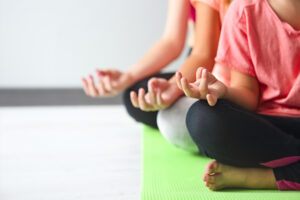
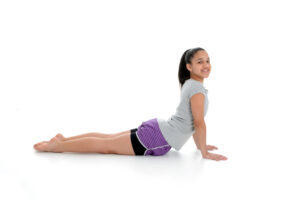








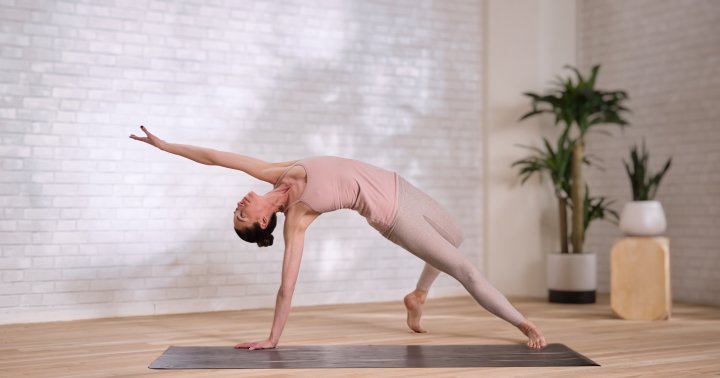


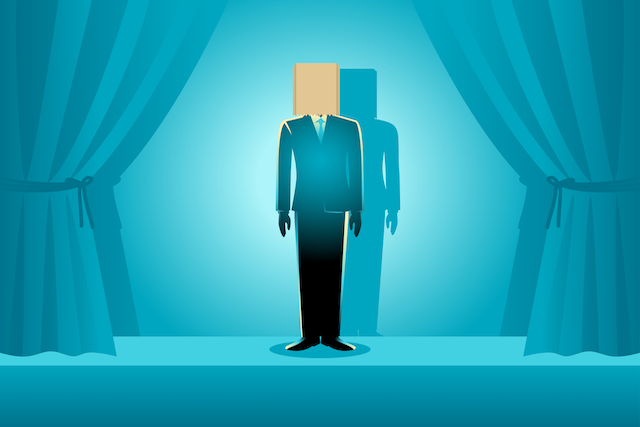








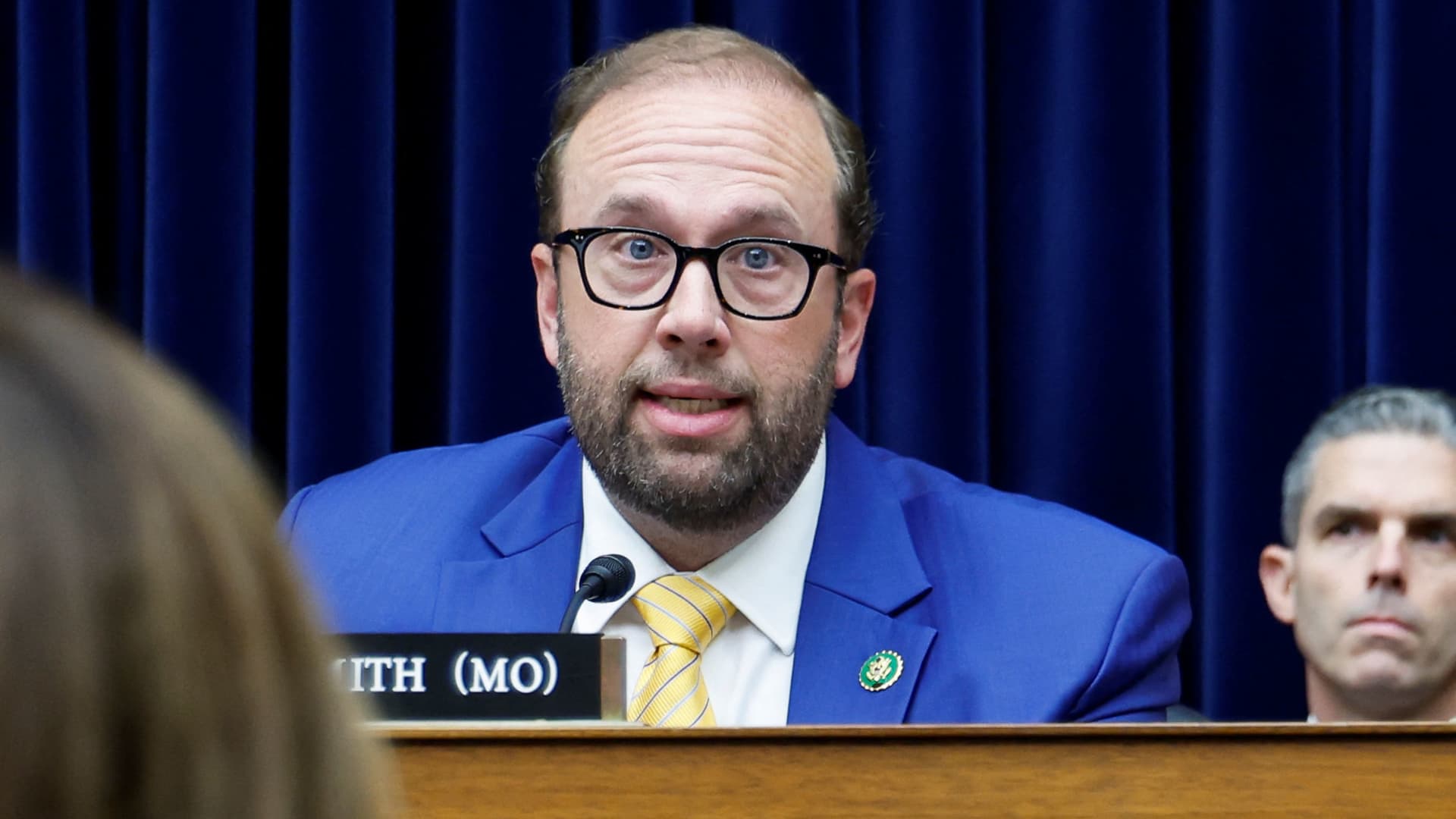






![Local SEO: How To Make More Customers Click, Choose & Walk Through Your Doors [Webinar] via @sejournal, @hethr_campbell](https://www.searchenginejournal.com/wp-content/uploads/2025/04/featured-596.png)

